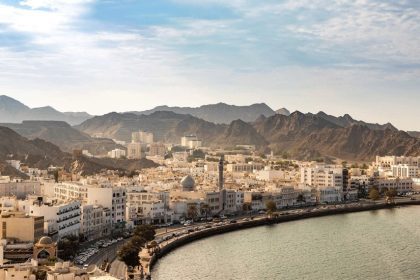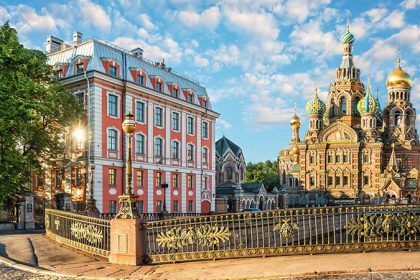Ancient Egyptians celebrated the New Year with various rituals. In these great banquets, symbolic gifts were exchanged and the statues of the gods were exposed to light.
The ancient Egyptians celebrated the New Year with various and magnificent rituals. These celebrations often included holding large feasts and exchanging symbolic gifts between people. One of the most important ceremonies of this period was exposing the statues of gods to sunlight. This act was known as a symbol of “recreation” and renewal of divine power and had a deep impact on people’s spiritual beliefs.
New Year’s celebrations, among the ancient Egyptians, especially magnificent, near the “Pyrams of Giza” (Giza) and other holy places were held; Of course, some old traditions are similar to today’s celebrations. Now this question arises, how did the ancient Egyptians celebrate the New Year and how did these celebrations differ from today’s ceremonies?
Learn more about the New Year in ancient Egypt:
Wept Renpet; New Year celebration in ancient Egypt
The New Year celebration in ancient Egypt, known as “Wepet Renpet” or “the opening of the year”, included traditions, some of which are still popular today. For example, Egyptians gave gifts to their friends and family and exchanged New Year greetings; But some customs of this celebration were completely unique to their culture. For example, in the past, the Egyptians took the statues of gods out of their temples to be “regenerated” by the sun’s light, according to their beliefs.
Photo source: csa-living.org. Photographer: Unknown
The Vepet Renpet celebration had another special feature. Its date changed over time and sometimes it was held several times in a year. According to the latest information, Egyptians have celebrated this festival three times in a year.
Vept Renpet in the calendar of the ancient Egyptians
The ancient Egyptian calendar had 365 days a year; But the Vept Renpet celebration was gradually shifted over time “in different climatic seasons” and as a result the ancient Egyptians had a variable New Year. “Juan Antonio Belmonte”, a researcher at the Institute of Astrophysics of the Canary Islands and the author of the ancient Egyptian calendar system, believes that these changes occurred due to the lack of a leap year.
The ancient Egyptian calendar was created about 4,800 years ago, and the Vept Renpet festival coincided with the “summer solstice” (about June 21) on that date. This event roughly coincided with the annual flooding of the Nile River, which led to the irrigation of agricultural lands and the growth of agricultural products in Egypt.
With the beginning of the “Middle Kingdom” (c. 2030-1640 BC), the festival of Wept Renpet occurred close to the “Winter Revolution” in December.
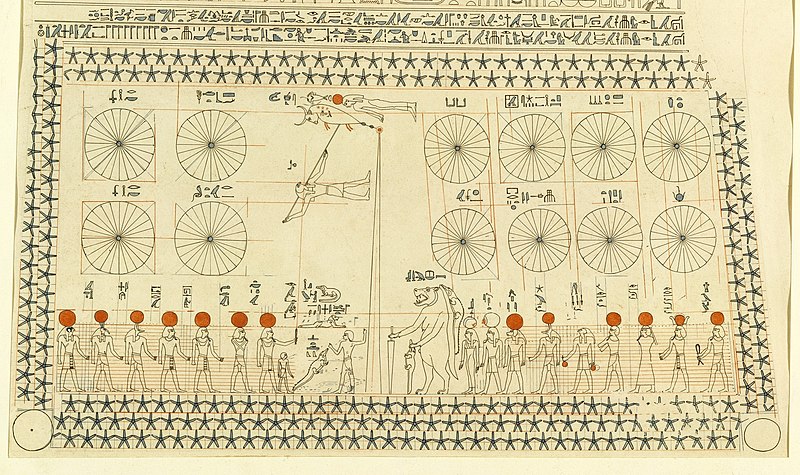
Photo source: simple.wikipedia.org. Photographer: NebMaatRa
Ancient Egyptians sometimes held several Wept Renpet festivals in one year. Leo Depuydt, professor emeritus of Egyptology and Assyria at Brown University, said:
At Khnum Temple, also known as Esna Temple, located south of Luxor, there is a calendar on the wall of the temple that shows three Wept Renpet festivals in one year.
This calendar dates back to the period between the middle of the 1st century and the middle of the 3rd century AD, when the Roman Empire ruled Egypt. In an article published by DuPoit in 2003 in the journal of the American Research Center in Egypt, he interpreted this calendar as follows:
Vepet Renpet celebrations were held on three different and important occasions; On the first day of the calendar year, on the birthday of the Roman emperor, at the time of the rising of the star Sirius from the eastern horizon after a period of disappearance of several months.
Interestingly, in 2023, archaeologists discovered a scene on the roof of this temple that probably shows a mythological representation of the New Year at the time of the rising star Sirius.
Vept Renpet customs in ancient Egypt
Ancient Egyptian celebrations included worshiping the gods and commemorating the dead. Masashi Fukaya, an independent researcher, has explained in his doctoral dissertation published in the book “Opt, Dareh and New Year Festivals: Their Socio-Religious Functions” that the relics left from the temples of “Giza” ( Giza) and “Saqqara” (Saqqara), have mentioned the Vepet Renpet festival as one of the important festivals.
During the Vepet Renpet festival, statues depicting the deities were brought outdoors to be recreated by sunlight; For example, they were placed on the roof of temples. “Simon Connor”, an archaeologist from the French Institute of Oriental Archeology (IFAO), has mentioned this in his book “Ancient Egyptian Statues: Their Many Lives and Deaths”. Connor also wrote that sometimes, during this celebration, old statues were replaced with new ones.
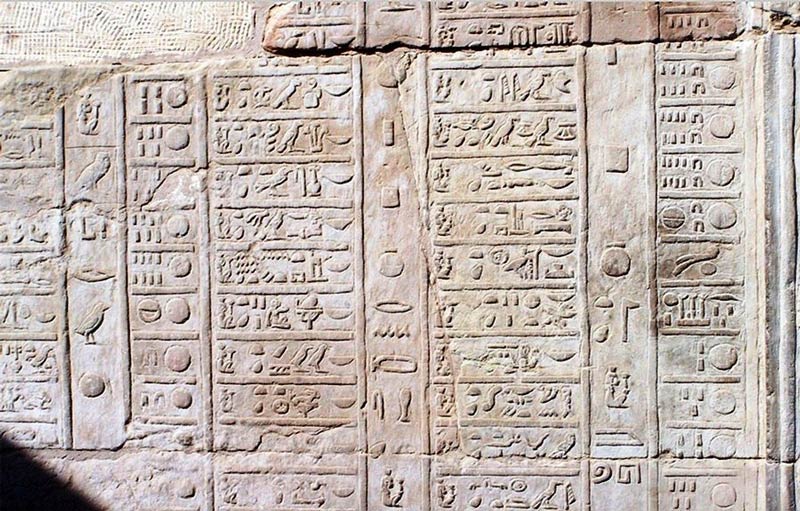
Photo source: narmer.pl; Photographer: Unknown
New Year’s Eve in ancient Egypt was accompanied by passionate feasts. Some of these scenes are depicted in ancient Egyptian tombs. Masashi Fukaya has provided information about this ceremony and its traditions. One of the most important rituals was the exchange of gifts, which was accompanied by the wish of “Happy New Year” for the recipients and showed the social connections and cultural values of that time.
John Baines, retired professor of Egyptology from Oxford University, introduced small bottles as one of the most famous objects associated with these celebrations. These glazed and lenticular bottles often had inscriptions with New Year greetings.
Bains explains that these bottles were designed to hold liquids with a small capacity, such as aromatic oils or beverages, but were better suited for holding aromatic oils. An example of these bottles, which is now in the Metropolitan Museum of Art in New York City, was made in the name of a priest named Amenhotep and has inscriptions from the gods Monto. Montu and Amun-Re wish him a happy new year. This bottle was probably filled with perfume, oil or Nile water and was used as a special gift during New Year celebrations.
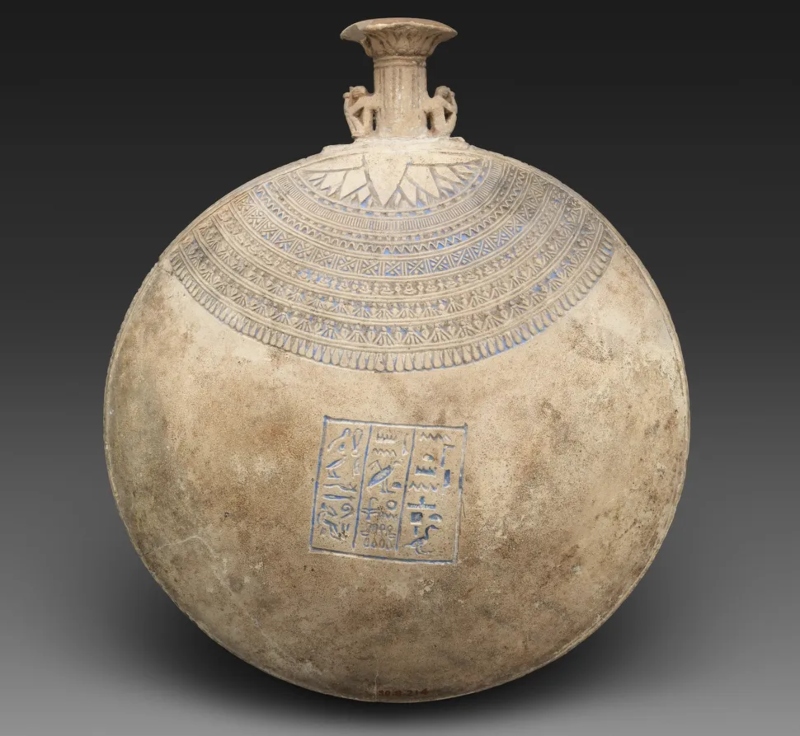
Photo source: livescience.com. Photographer: Unknown
If you have any information about the New Year celebration in ancient Egypt, we will be happy if you share it with the audience.
Photo source: artofcounting.com. Photographer: Unknown
Frequently asked questions
How was the New Year celebrated in ancient Egypt?
Ancient Egyptians gave gifts to their friends and family during the New Year celebration and exchanged New Year greetings messages; Also, in this ceremony, the statues of the gods were taken out of the temples to be “recreated” with the light of the sun according to their beliefs.
Why was the date of Vepet Renpet celebration varied?
The absence of a leap year had caused the Vept Renpet celebration to gradually move “in different climatic seasons” over time, and as a result, the ancient Egyptians had a variable New Year.
RCO NEWS














